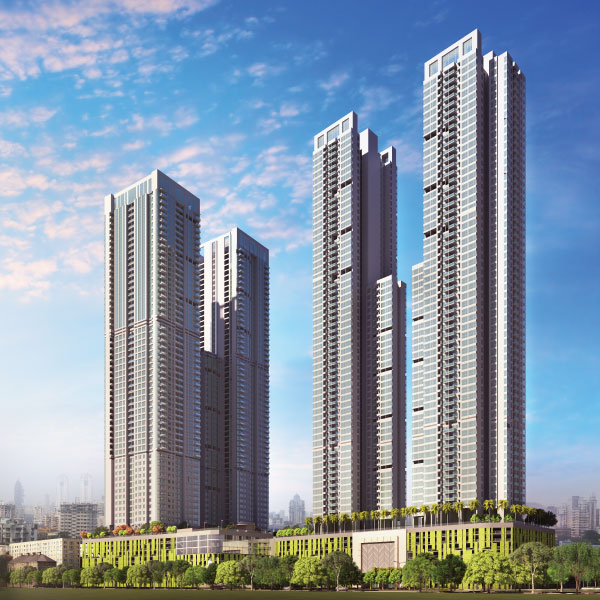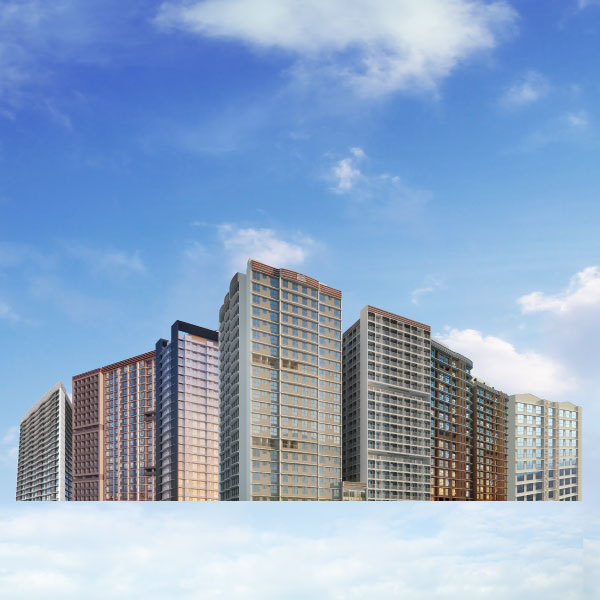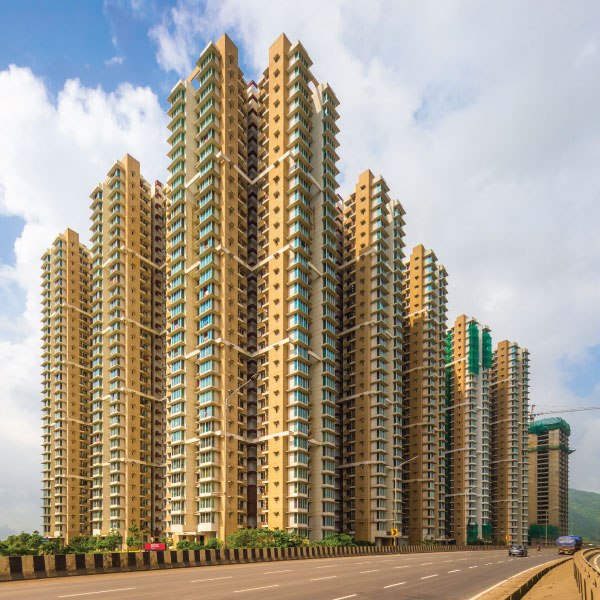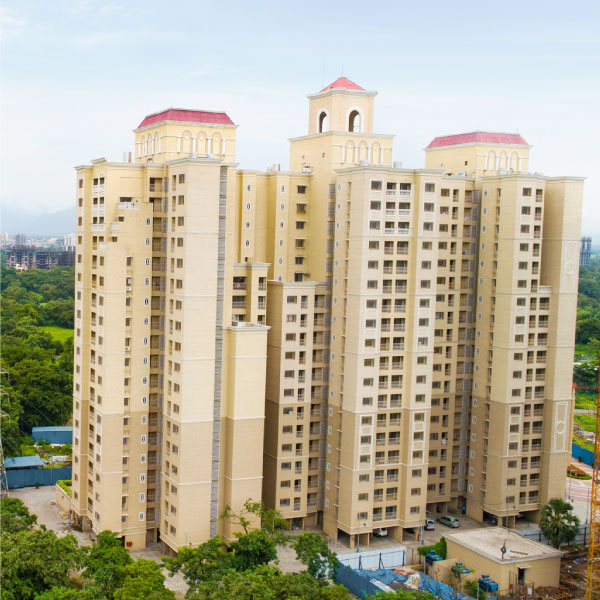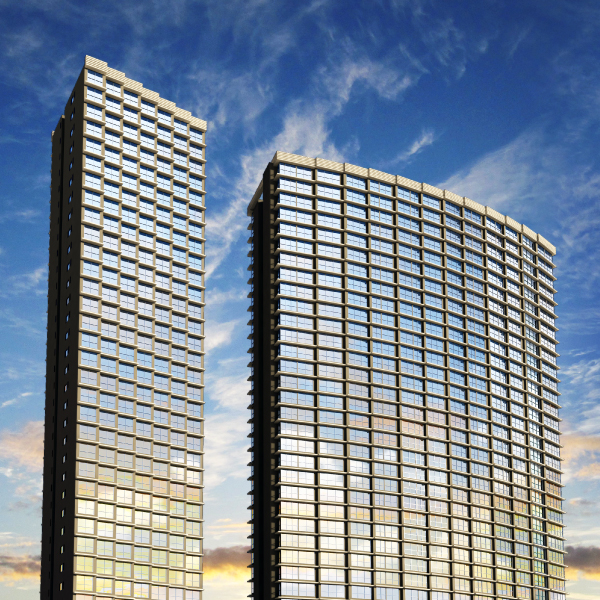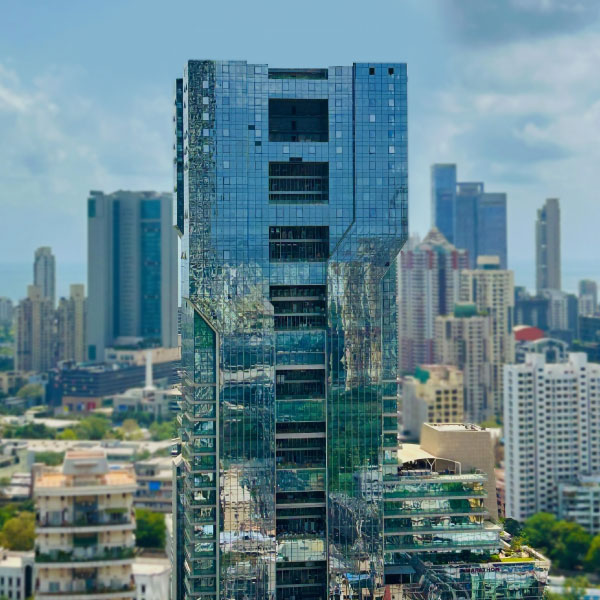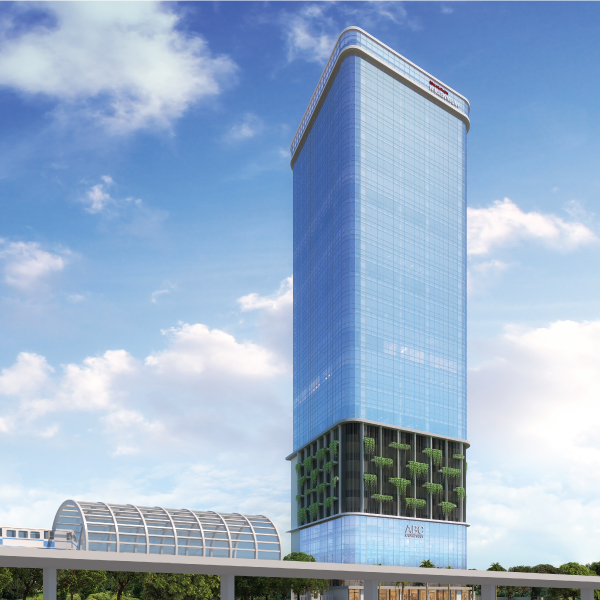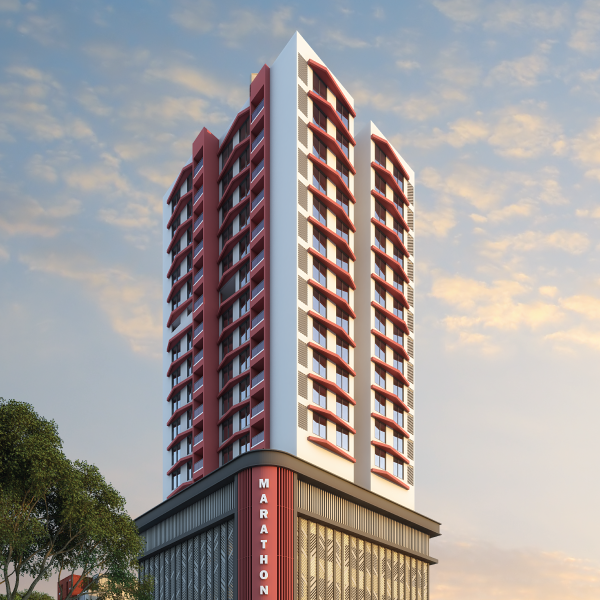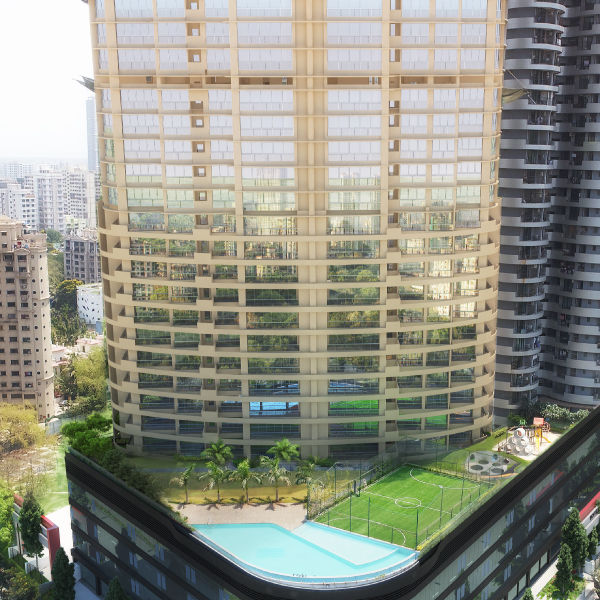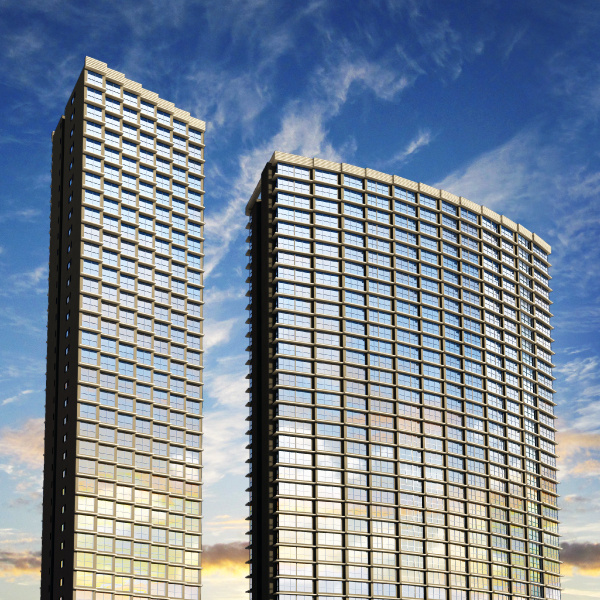All You Need to Know About Floor Space Index (FSI)
Last Updated on, September 6th, 2022

You might have heard of the term FSI or Floor Space Index in relation to real estate development and probably thought its a jargon used by industry insiders. But FSI is a really important concept – it shapes the growth of cities by controlling the density of development, and by placing limits on how much area can be built on a certain plot of land. This article will explain the concept of FSI in simple terms and also share FSI details for the Mumbai Metropolitan Region.
What is FSI?
The full form of FSI is the floor space index. FSI is also referred to as FAR or Floor Area Ratio. It is the ratio of the building floor covered area or built-up area (sum of all floors) to the plot area.
Put simply,
Floor Space Index = Total area of the building floor/Gross Plot Area
Put another way to determine how much built-up area you can construct on a plot, the formula is
Total built-up area permissible = FSI * Gross plot area
For instance, consider a plot of 1000 sqm.
With an FSI of 1, the built-up area permitted is 1000sqm. You can build a single-storey structure on the entire plot or if your building floor covered area is 500 sqm you can build a two-storey structure and so on. If your building floor covered area covers 100 sqm, you can build a 10-storey structure. This is obviously an oversimplification but helps illustrate the basic principle of FSI.
Actual FSI calculation is more complex as many areas like basements, lifts, shafts, society offices etc may not be counted under FSI, and these regulations vary from city to city. In Mumbai, for example, the stilt parking and basement are not counted as a part of FSI.
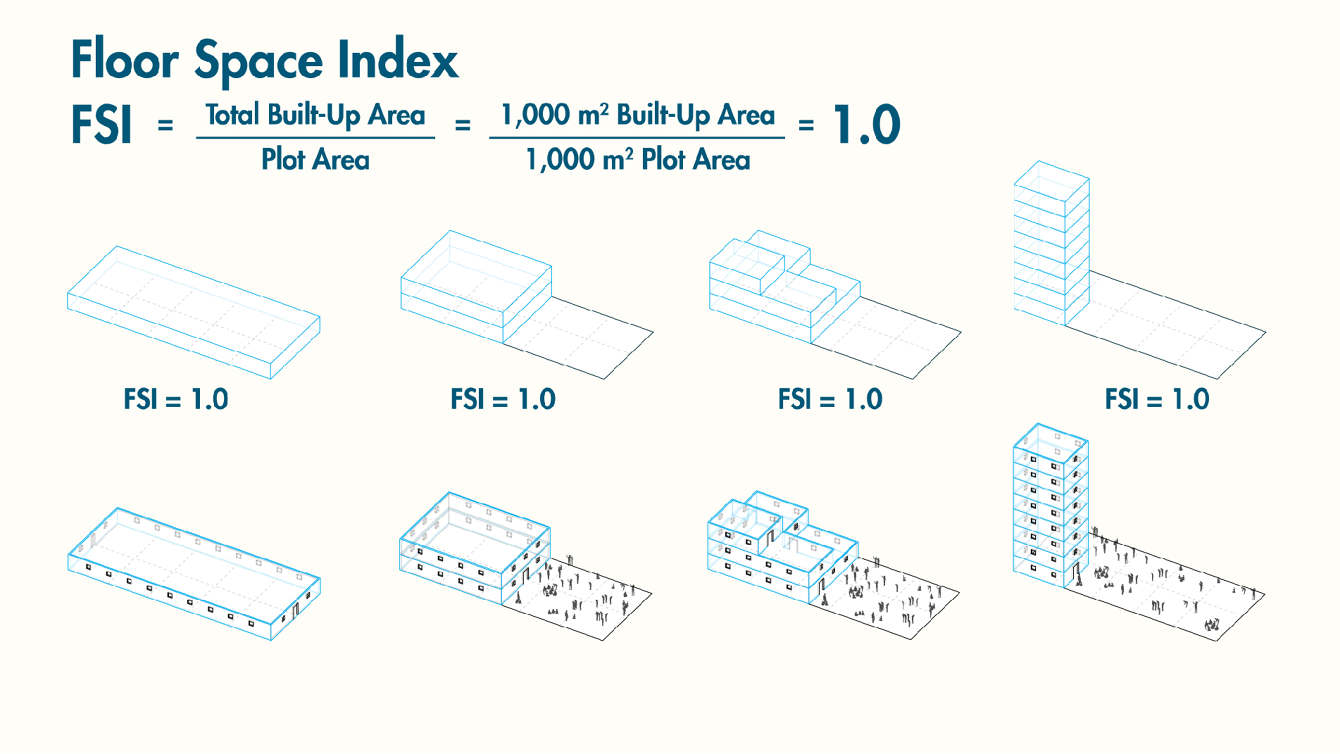
FSI varies from place to place under the rules and regulations set by the city’s administration.
What Factors Determine FSI?
If the FSI is too high, you are likely to end up with a concrete jungle, but if the FSI is too low, you will end up with urban sprawl with development spread over larger areas presenting challenges for public transportation and affordable access to housing. So it’s a tricky trade-off that governments need to make while determining FSI.
To determine the FSI, there are certain protocols set by the municipal corporation. The FSI value mainly depends on regulations of the city set by its municipal corporation and the geographical constraints of the property’s location. However, below are the major factors that impact the FSI
– Property types – residential or commercial
– Location of the property
– Size of the property
– Availability of basic amenities like power and water supply.
FSI value can also vary within the city. FSI in a well-developed and established part of the city can differ from the value of FSI in a developing part of the city.
Additional facilities like lifts, parking areas, porches, and service areas impact the FSI value. Depending on the rules and regulations in your city, these areas may or may not be counted as a part of FSI.
Importance of FSI For Homebuyers
FSI determines the density of development in a region which in turn affects open spaces, traffic conditions and more, which has a direct impact on the quality of life in the neighbourhood.
– FSI helps in maintaining the ratio of open space to built space
– It helps maintain the city’s skyline
– Overall, FSI helps maintain a balance of sustainable and planned growth.
What is the FSI in Mumbai?
The FSI score in Mumbai is categorized in the table below:
| Sr No. |
Areas |
Zone |
Road Widthd |
Zonal (Basic) |
Additional FSI on payment of premium |
Admissible TDR |
Permissible FSI |
|
|---|---|---|---|---|---|---|---|---|
| 1 | Island City | Residential / Commercial | Less than 9m | 1.33 | – | – | 1.33 | |
| 9m & above but less than 12m | 1.33 | 0.5 | 0.17 | 2.0 | ||||
| 12m & above but less than 18m | 1.33 | 0.62 | 0.45 | 2.4 | ||||
| 18m & above but less than 27m | 1.33 | 0.73 | 0.64 | 2.7 | ||||
| 27m and above | 1.33 | 0.84 | 0.83 | 3.0 | ||||
| 2 | The remaining area in the suburbs and extended suburbs | Residential / Commercial | Less than 9m | 1.0 | – | – | 1.0 | |
| 9m & above but less than 12m | 1.0 | 0.5 | 0.5 | 2.0 | ||||
| 12m & above but less than 18m | 1.0 | 0.5 | 0.7 | 2.2 | ||||
| 18m & above but less than 27m | 1.0 | 0.5 | 0.9 | 2.4 | ||||
| 27m and above | 1.0 | 0.5 | 1.0 | 2.5 |
What is Base FSI?
Base FSI is the prescribed basic FSI that a developer can avail on a plot of land.
What Is Premium FSI?
If the developer wishes to increase the limit from the permissible base FSI, he has to pay a premium fee to the local authorities. The premium fee paid is known as premium FSI and is charged by the Government at the ready reckoner rate. There are certain conditions that need to be met to avail premium FSI, like minimum road width adjoining the plot.
What Is TDR?
TDS is another way for a developer to obtain additional FSI for a plot. Because of growing urbanization and scarcity of space, the concept of Transferable Development Rights (TDR) is important, especially in the urban areas of the city. TDR allows the developer to build over and above the permissible floor space index. Since it’s a slightly complicated topic, we’ll explain the concept of TDR in another article!
This is just an introduction to the concept of FSI in real estate development. The actual permissible development area also depends on other concepts like fungible FSI, transferable development rights, FSI premiums etc which we will cover in other articles. Stay tuned.
Disclaimer – This article is only for educational purposes. Check the official sources to verify any stats or latest news related to real estate.


